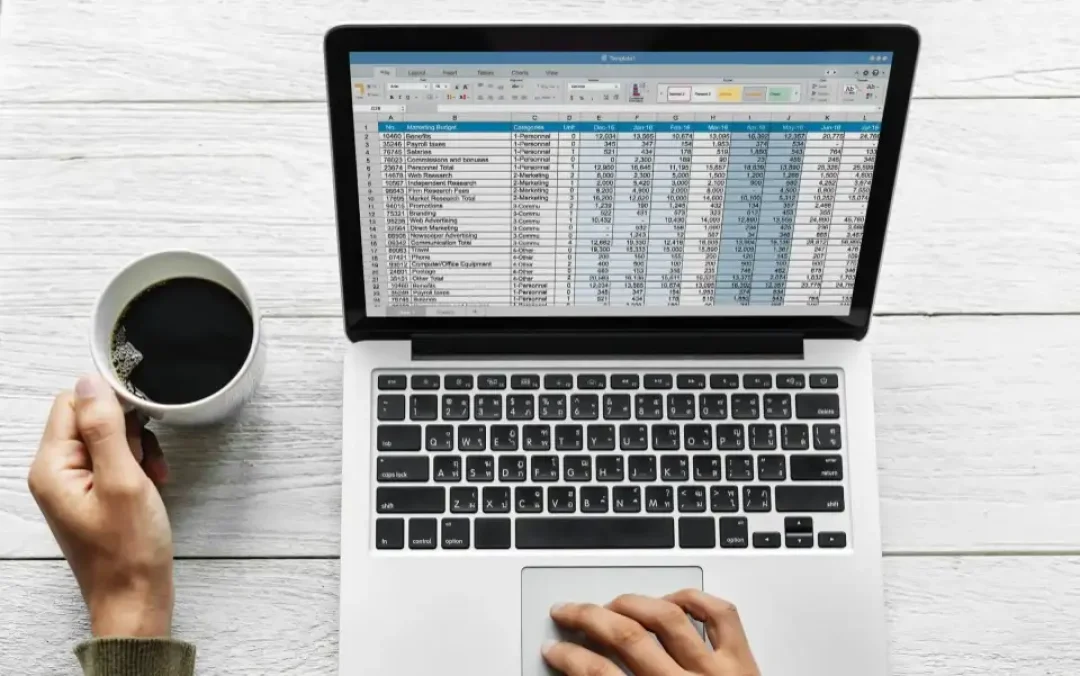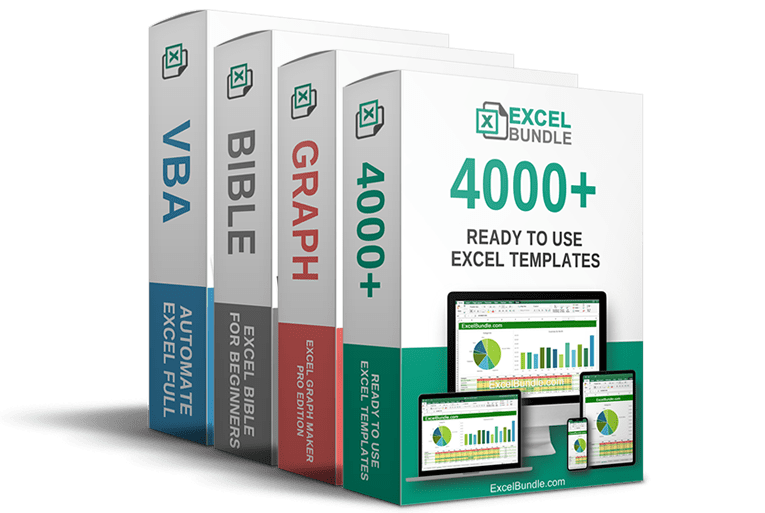50% OFF – Offer valid only today: , ,

Excel, the spreadsheet powerhouse from Microsoft, is replete with built-in functions meant to simplify calculations and data management. Knowing the right functions to use can drastically increase your productivity and data analyzing capabilities. Today at ExcelBundle, we're going to delve into the differences between two commonly used functions: NOW() and TODAY().
The functions NOW() and TODAY(), both fall under the category of date and time functions in Excel. Understanding how these two functions work and when to use each can be a valuable skill in data management and analysis.
The NOW() function in Excel returns the current date and time. When you enter =NOW() into a cell, Excel populates the cell with the current date and time according to your computer's system clock. It's important to note that this value is volatile and will update each time the workbook recalculates. It's represented in the format "mm/dd/yyyy hh:mm:ss AM/PM". For example, if you entered "NOW()" in a cell right now, it might return "06/10/2021 06:35:00 PM".
TODAY() in Excel is similar to NOW(), but it only returns the current date. It disregards the time value entirely. So =TODAY() will return a date in the format "mm/dd/yyyy". Similar to NOW(), the TODAY() function is also volatile and will update the date each time the workbook recalculates.
Choosing between NOW() and TODAY() really depends on the nature of your data and what you're trying to achieve. If you need to keep track of both the date and time – such as for a timekeeping spreadsheet, or one that records real-time sales data – NOW() would be the function to use. On the other hand, if only the date is important to your data, such as a simple task tracker or date of entry record, the TODAY() function would be more suitable and efficient.
Remember that both NOW() and TODAY() update automatically, so if you need to keep the date or time static, avoid these functions or incorporate another method to retain data.
At ExcelBundle, we know that understanding different Excel functions can sometimes be daunting. That's why we offer numerous ready-made templates that save time and improve productivity. By using our templates as a starting point, not only do you get to bypass the steep learning curve that comes with mastering Excel functions, but you also get to focus on what truly matters – analyzing and understanding your data.
Excel is indeed a powerhouse when it comes to handling and analyzing data. The NOW() and TODAY() functions are just the tip of the iceberg. Understanding how to use them can potentially streamline your workflow and assist you in managing data more efficiently. Remember to use ExcelBundle templates as your secret weapon. Happy Exceling!
Excel is without a doubt one of the best tools on the market for working with analytical, graphical, numerical, and mathematical data. However, using it isn’t always easy—especially if you don’t have much experience and need to create reports and spreadsheets from scratch.
That’s exactly why we’ve put together this incredible, all-in-one package of ready-to-use, fully editable Excel spreadsheet templates. With it, you’ll always have a reliable starting point for your projects.
You’ll get over 4,000 ready-made and fully editable Excel templates covering a wide range of topics and industries—so you’ll always have the exact template you need, ready to use whenever you need it.






*Offer valid for a limited time.
You might have missed this opportunity!

